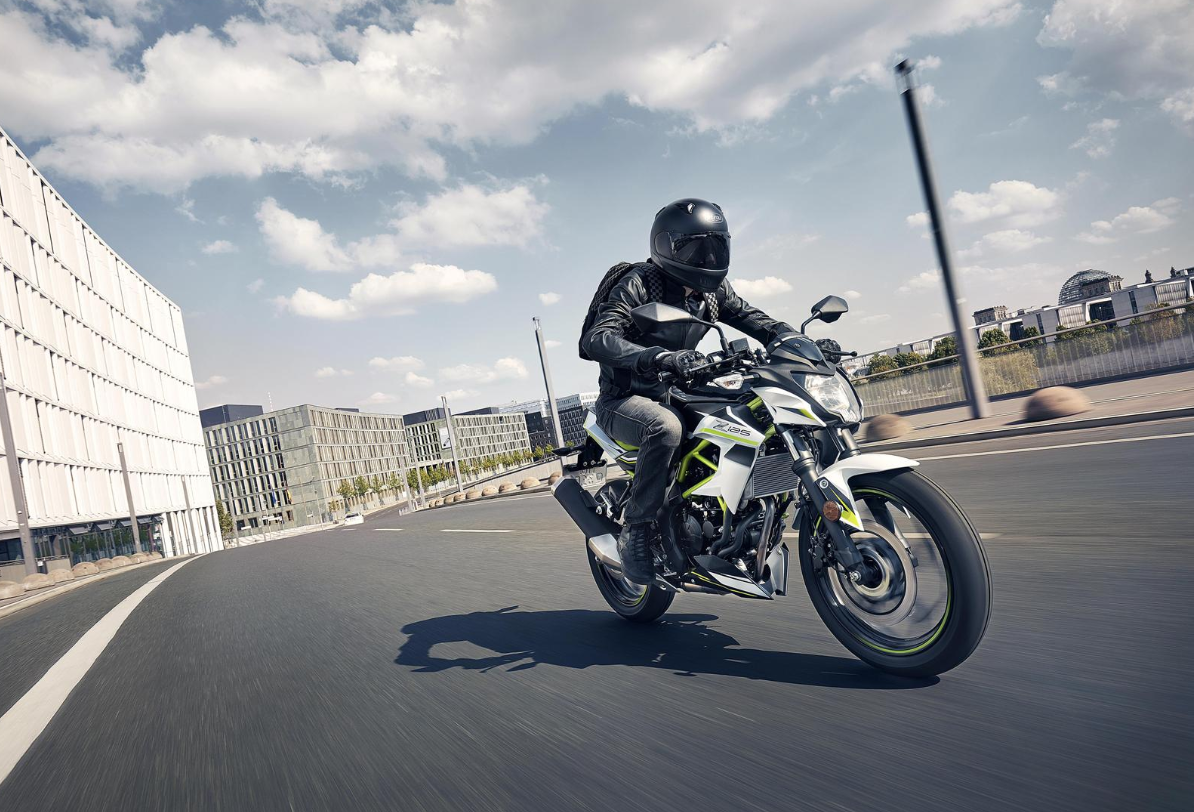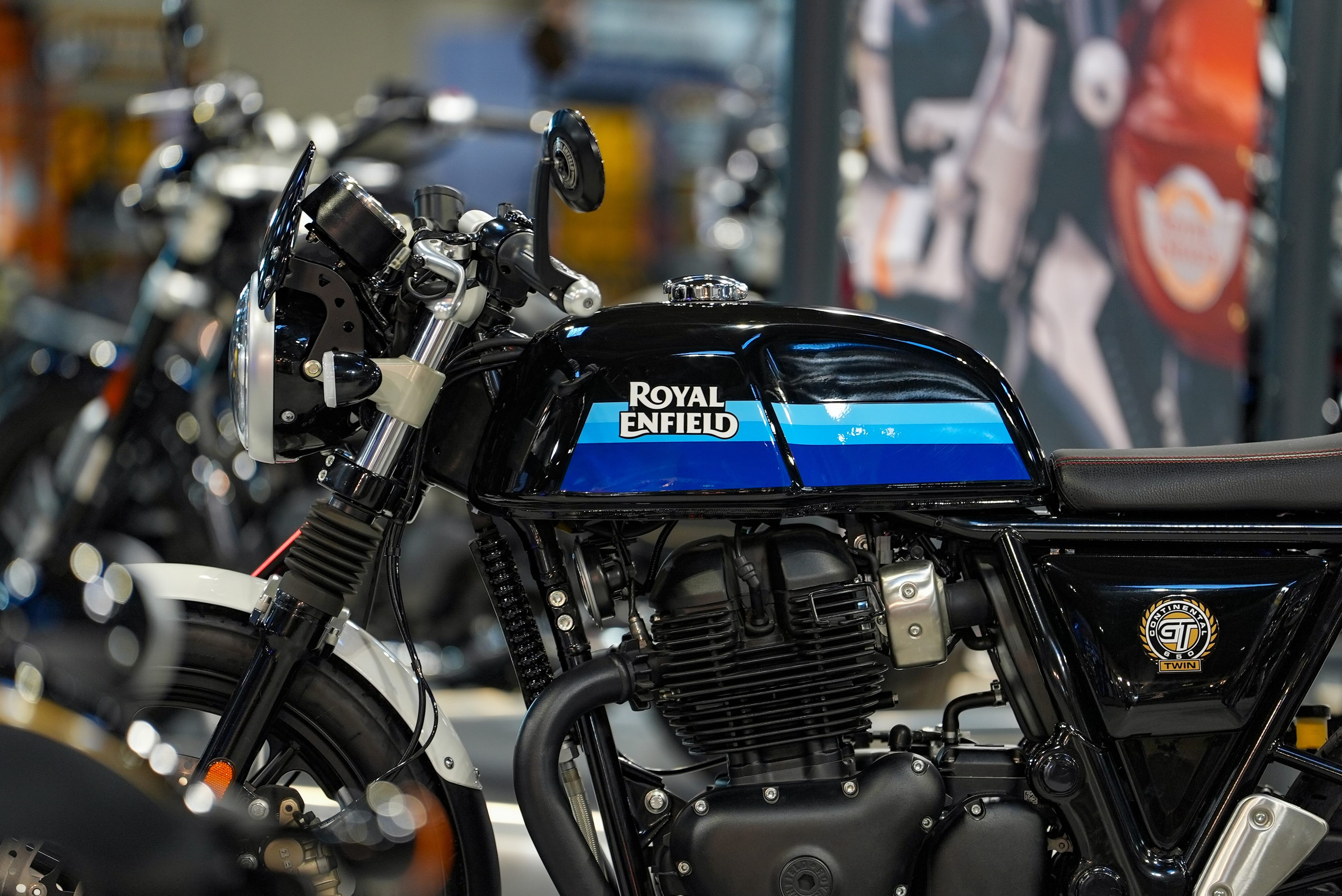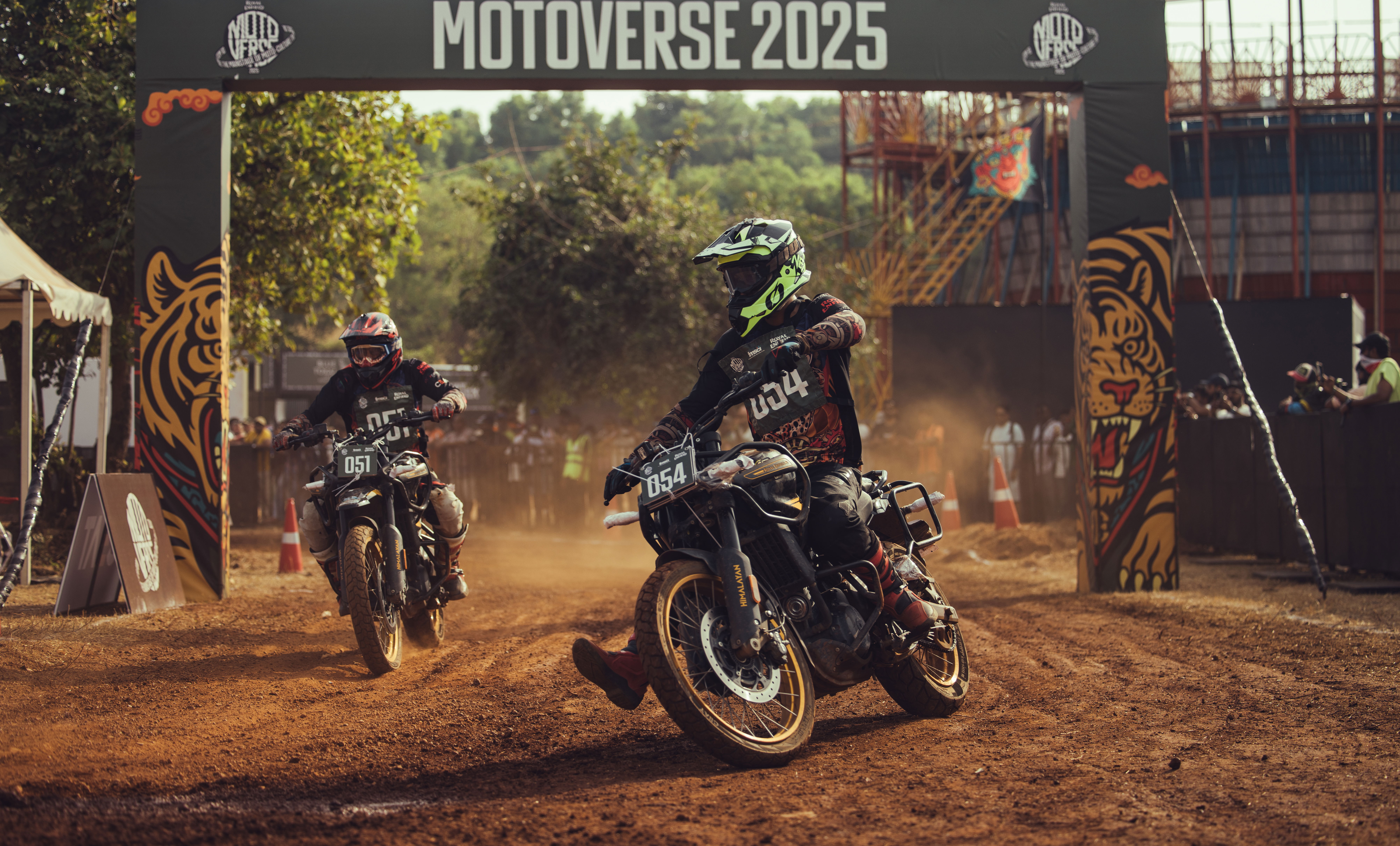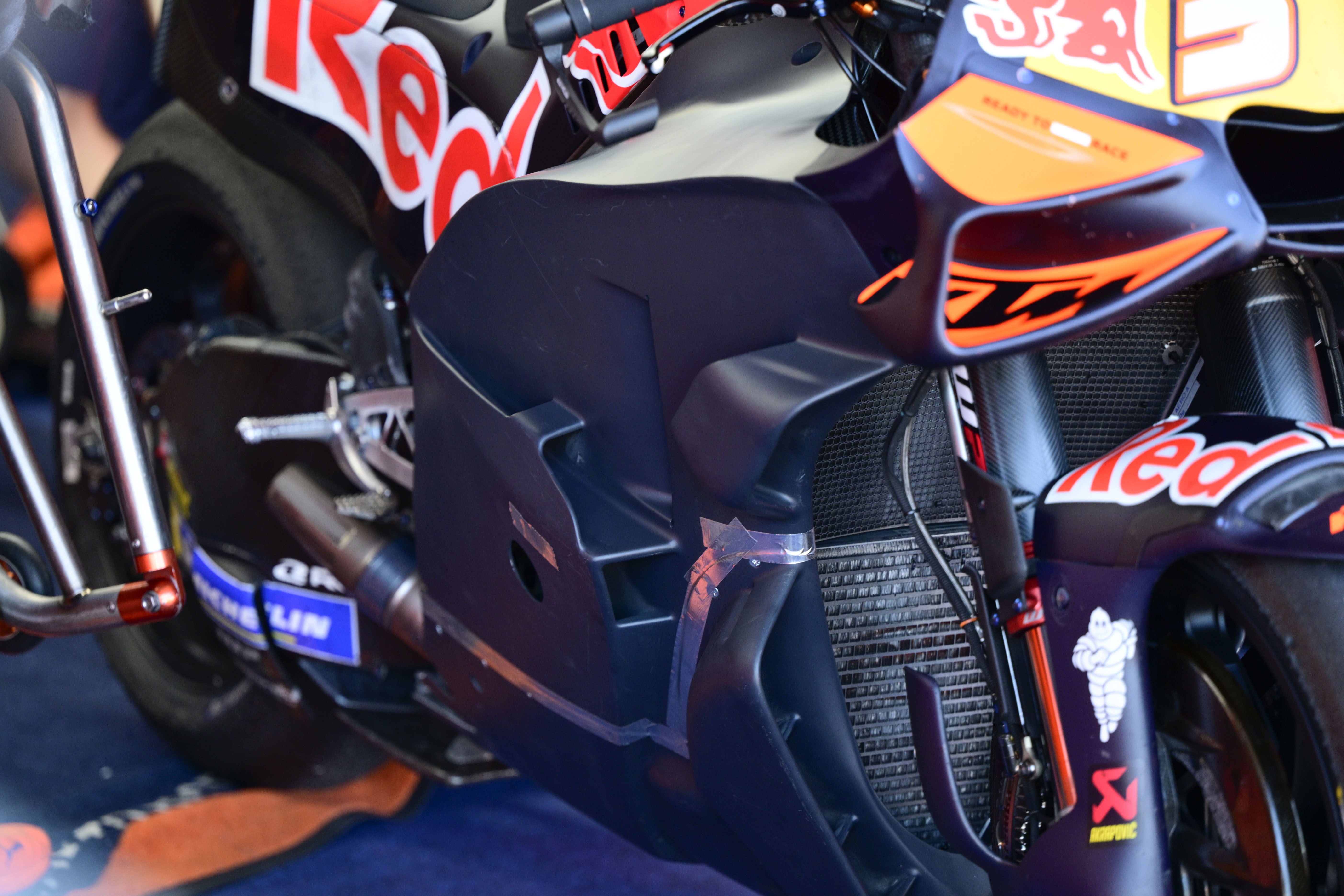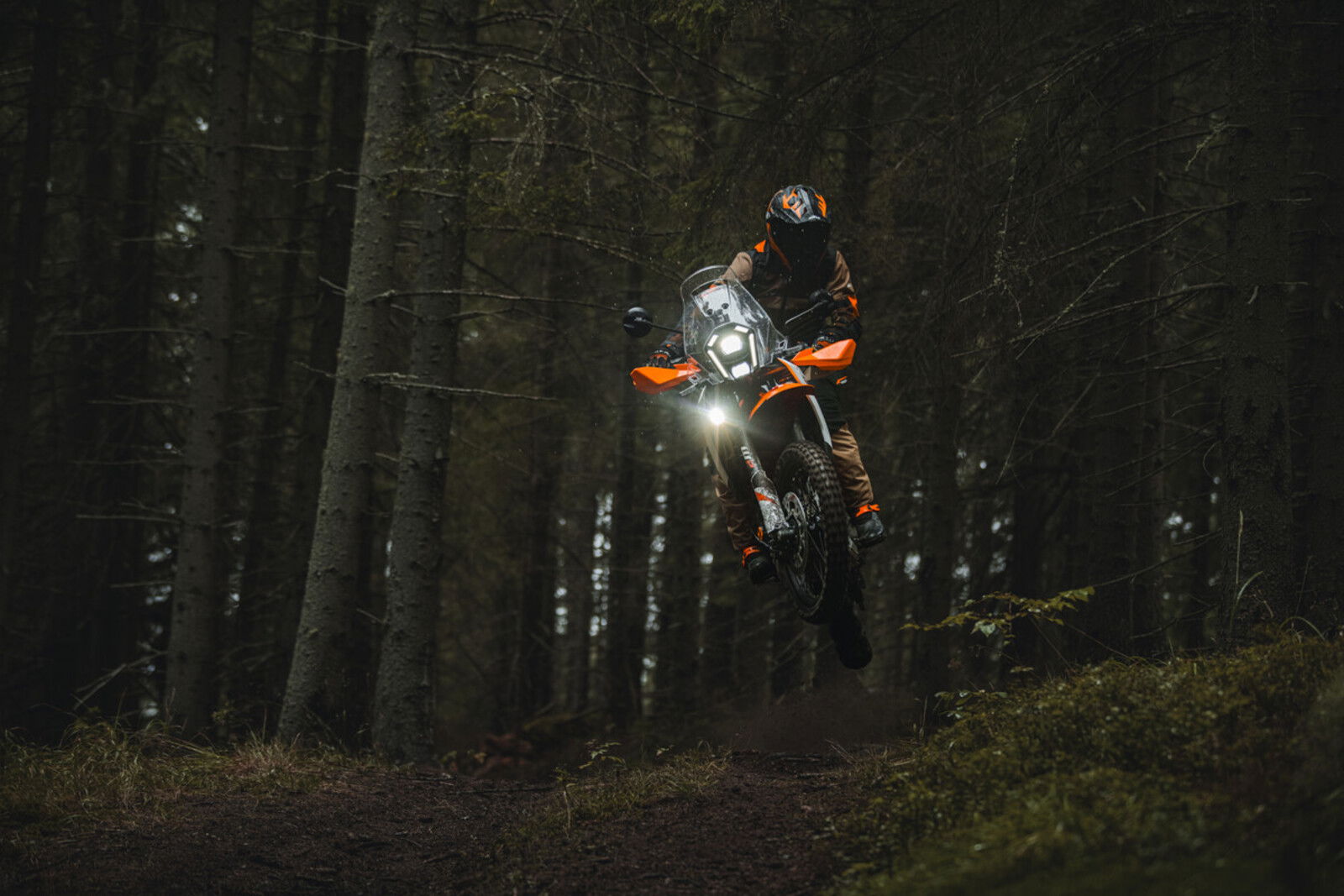The Speed Triple at 25 – How it became the UK’s favourite motorcycle
With the iconic Triumph Speed Triple popping corks for its quarter-century birthday this year, we explain how this model became one of the nation’s favourite naked motorcycles.

The Triumph Speed Triple has become a mainstay in the Triumph range since its launch in 1994. The bikes has seen a raft of changes in that time, even spawning the leaner, sharper handling Street Triple along the way.
With the bike now being 25 years old, we thought it only right that we give the Speed Triple a proper birthday going over because who doesn’t like having their baby pictures paraded out on their birthday!?
To find the beginnings of the Speed Triple we must look back to the mid-nineties. A time when the Britpop power-struggle between Oasis and blur was making headline news and Eva Herzigova was causing crashes with her Wonderbra adverts.
The original Triumph Speed Triple is born

Mid-90s Britain also saw homegrown icons Triumph release an 855cc naked motorcycle, using some parts from the older Daytona 900 sportsbike including the five-speed gearbox, Kayaba adjustable forks, and rear shock.
Even with its single headlight, the original version is unmistakable as a Speed Triple and gained plaudits from the motorcycle journalists at the time for its usable spread of power and torque, and sporty handling.
From 1994 the Speed Triple went through several changes, the oddest of which was Triumph dropping the capacity to 750cc and increasing the number of gears from five to six.
The move could have been a simple act of stock consolidation as it’s claimed the factory had a large pile of Euro-spec 750cc engines to shift and rather than see them sat in a warehouse, Triumph put them to good use. The 750cc versions only lost out by about 10bhp when compared to the 885cc machines, and the torque deficit was negligible.
The 'bug-eye' make over
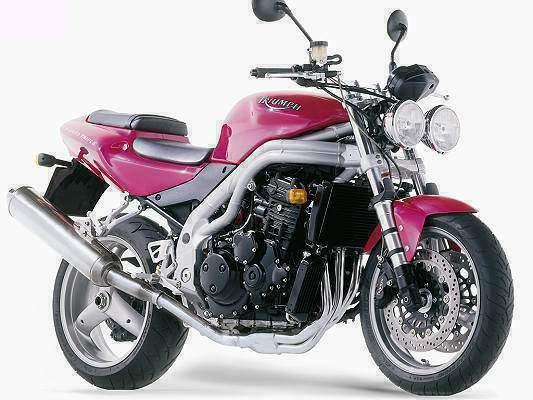
In 1997 Triumph gave the bike its biggest and probably most famous makeover so far, arguably creating the look of a Speed Triple that we all know today. Gone was the angular tank and seat unit of old and the swooping frame of the machine was now on view for all to see. The biggest and probably most famous feature of the series though is the bug-eyed, twin headlights, almost aping the sportsbikes of old just without a fairing.
The engine also had a major update at this point, remaining at 885cc but now with a power output of 108hp making it the most powerful Triumph Speed Triple produced so far. The bike was named the T509 and the first-of-its-kind tag, increase in power and single-sided swingarm make it a very sought-after modern classic with the Triumph enthusiast.
Hollywood beckons
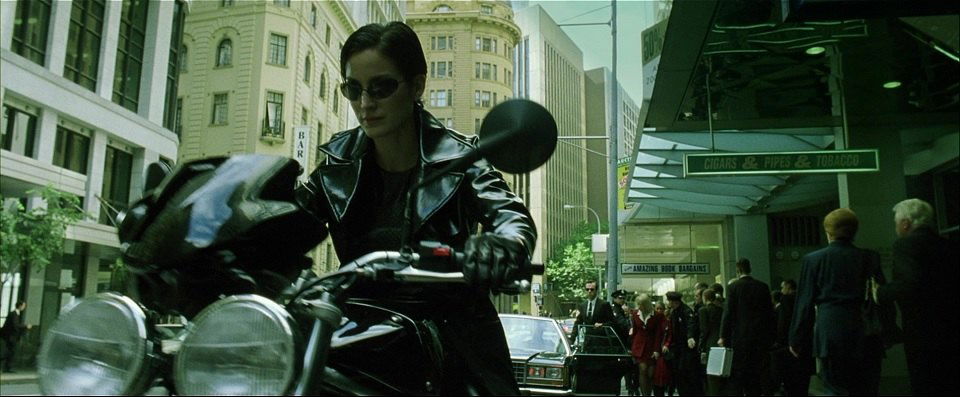
With the Triumph Speed Triple’s new looks and increased power, came invites form Hollywood to feature the bike. It’s possible it was chosen over sportsbikes of the time as its naked layout allowed the audience a better view of the rider. The Matrix movie saw femme fatale Trinity riding a blacked-out Triumph Speed Triple in the first of the franchise, while Tom Cruise is thought to have personally chosen the machine for Mission Impossible II, where he is chased by an assailant riding a Triumph Daytona 955i.
With notoriety garnered from its silver screentime, the Triumph Speed Triple went through another round of updates in 1998, losing the dash-mounted flyscreen but gaining some of the tech from the factory’s flagship sportsbike, the Daytona 955i. Along with the new 955cc engine, this version featured the same chassis and swingarm as the Daytona and an extra shove in the back thanks to 72ft-lb of torque – the claimed power output though was stated as the same.
With the Speed Triple now a nailed-on favourite among road riders around the world, the model forged on in this manner all the way through to 2005, when the dawn of a new era of Speed Triple was about to arrive.
The first 1050cc Speed Triple
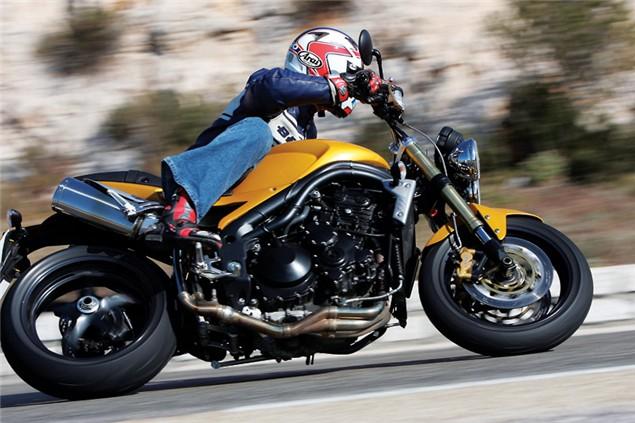
The 2005 version of the bike was the biggest change to the series since inception, and saw the inclusion of a 1050cc engine, underseat pipes, radially mounted front calipers and the short, squat silhouette we now know and love. This bike is heralded by many enthusiasts as the first, proper Speed Triple.
The bike was now the performance product within the Triumph range (the factory had wound-up it’s sportsbike production by this point) and that meant almost all the knowledge and expertise previously reserved for faired offerings we’re now pouring into the Speed Triple workshop.
The bike’s engine was shifted, the frame redesigned, and a new swingarm developed to improve the agility of the bike, all backed up by the new and improved 128bhp powerplant.
The dawn of the Street Triple
It’s around now that the Speed Triple was joined in the Triumph range by a smaller, more agile offering from Hinckley. The Street Triple took the tried and tested recipe of its bigger brother, adding supersports-slaying levels of corner speed and agility. The bike, as we most of us know, was based around the Daytona 675 sportsbike that was released in 2006.
The next big redesign for the Speed Triple came in 2011, with gasps of shock from the assembled crowds; the Speed Triple had lost its iconic rounded bug eyes. Instead, the bike was wearing a pair of stylised and more shapely fox-eye headlights and many recoiled in horror and shielded their children’s eyes. Triumph though weren’t too worried, and they had no reason to be really, the punters quickly forgot about the headlights and sales of the new, 135hp Speed Triple were strong.
The Speed Triple R joins the fold
To bolster the range and add some more performance to the naked class, Triumph split the bloodline of the Speed Triple in two, producing the faster, harder and sharper handling R version for the adrenalin craving masses. The new bikes power remained the same, but the weight was reduced by 2kg and premium cycle parts were added such as Öhlins forks and rear shock, Brembo monobloc calipers, lightweight wheels, and carbon fibre jewellery among others.
2016 saw the Triumph Speed Triple become visually the bike we see today, with the inclusion of a small fly screen located on the instrument binnacle almost a nod back to Speed Triples of old. The bike now included a ride-by-wire throttle, switchable riding modes and a massive 104 internal engine parts refined over the 2011 model.
Fast forward to 2019 and the Speed Triple range is spread across the S and RS models, with the top-spec RS featuring uprated Öhlins fully adjustable suspension, arrow and cans, specific riding modes only available on this model, and special colour schemes.
With the recipe for the Speed Triple being such a global success, we at Visordown don’t see any reason for the bike to continue in production for at least another 10 or even 20 years. Here’s to whatever that journey holds!

